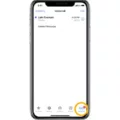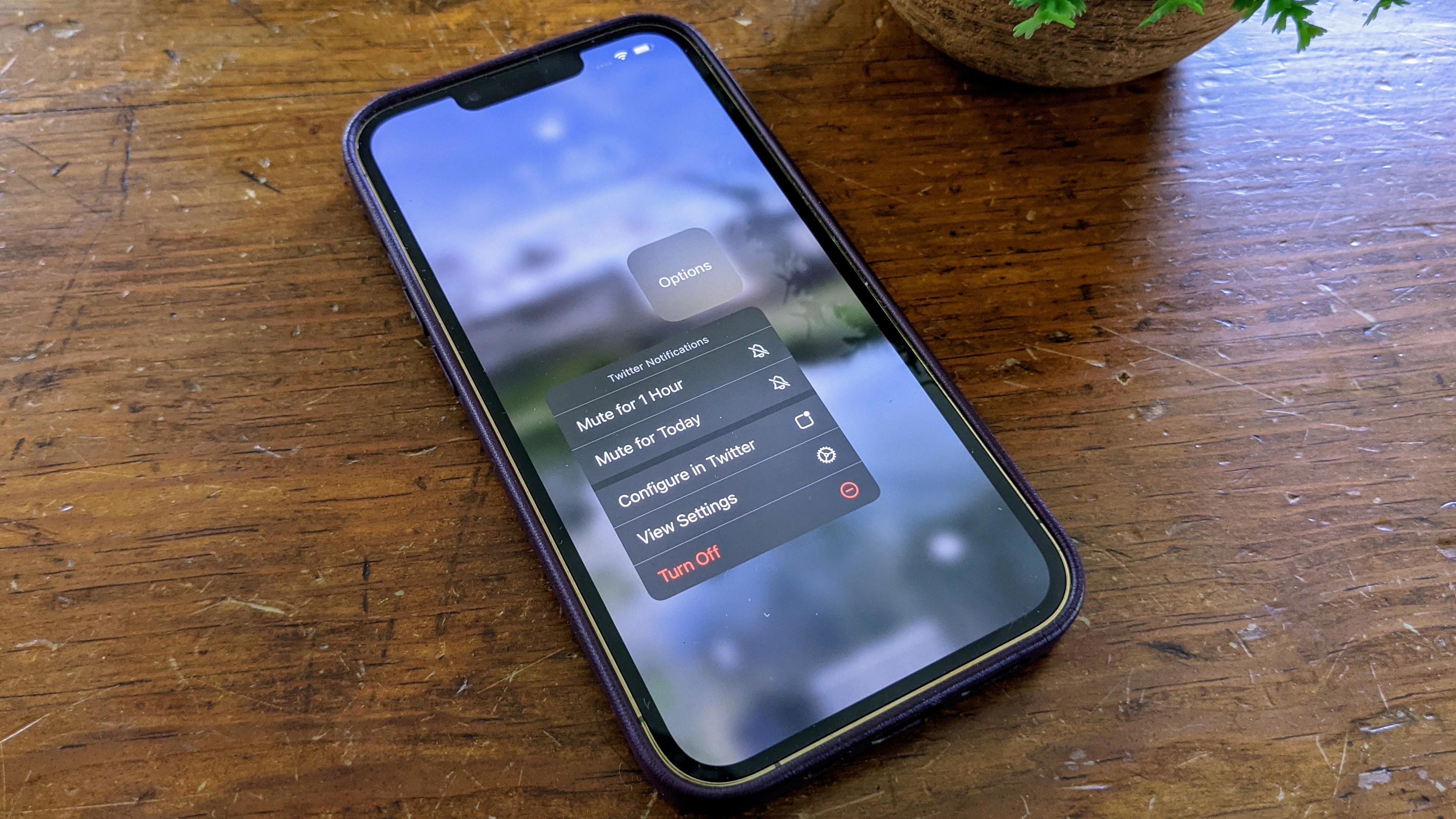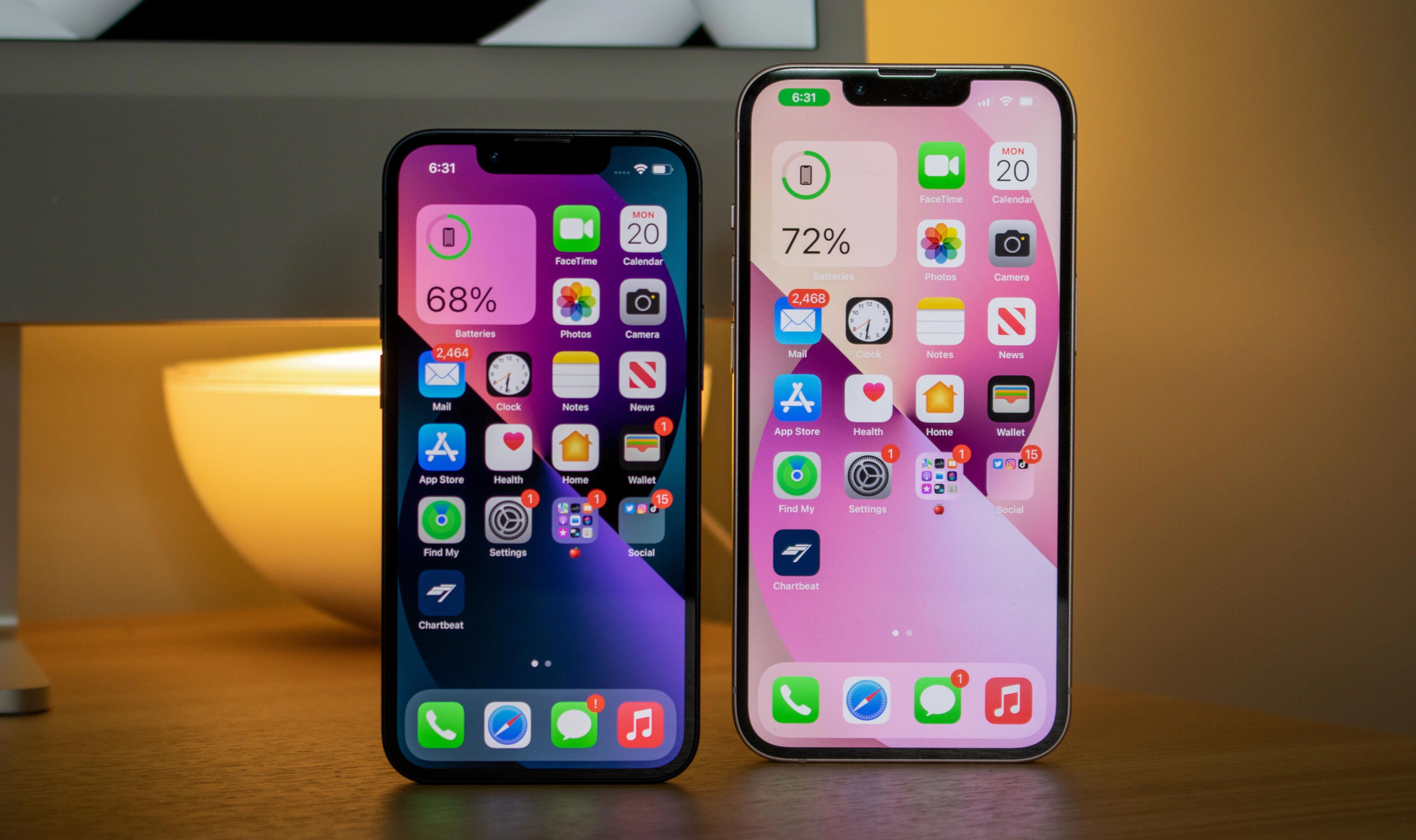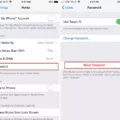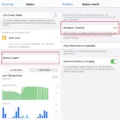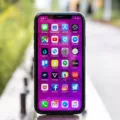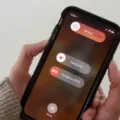App Library is a useful feature introduced in iOS 14 that organizes all your apps in a convenient way. By automatically categorizing apps into different folders, it helps you easily find and access the apps you need without cluttering your home screen. However, there may be instances where you notice that the app library categories have disappeared, leaving you puzzled and frustrated. In this article, we will explore some possible reasons for this issue and provide solutions to fix it.
One of the reasons why app library categories may disappear is due to a glitch or bug in the iOS system. Sometimes, during software updates, certain aspects of the system may not function as intended. In such cases, a simple restart of your iPhone can often resolve the issue. To restart your iPhone, press and hold the power button until the slider appears. Then, slide the power off button and wait for a few seconds before turning it back on.
Another step you can take is to check for any available iOS updates. Apple regularly releases updates to improve system stability and fix known issues. To check for updates, go to Settings, then General, and tap on Software Update. If an update is available, follow the on-screen instructions to download and install it. This may solve the problem if it is caused by a software bug.
Additionally, switching from the grid view to the list view for apps in the App Library can help resolve the issue. To do this, swipe right on your home screen to access the App Library, then tap on the search bar at the top. Next, swipe down on the screen to reveal the grid and list view options. Select the list view, and the app library categories should reappear.
If the above solutions don’t work, you can try enabling the option to show notification badges in the App Library. This can be done by going to Settings, then Notifications. Scroll down and find the app in question, then toggle on the option for “Badge App Icon.” This may trigger the app library to refresh and display the categories properly.
In more extreme cases, you may need to reset all settings on your iPhone. This will not erase your data, but it will reset all settings to their default values. To do this, go to Settings, then General, and tap on Reset. From there, select “Reset All Settings” and follow the prompts. Keep in mind that this will reset all your personalized settings, so you will need to reconfigure them afterward.
If you are experiencing the issue of app library categories disappearing on your iPhone, there are several steps you can take to resolve it. Try restarting your iPhone, checking for iOS updates, switching to list view, enabling notification badges, or resetting all settings. Hopefully, one of these solutions will help restore the app library categories and allow you to enjoy the convenient organization it provides.
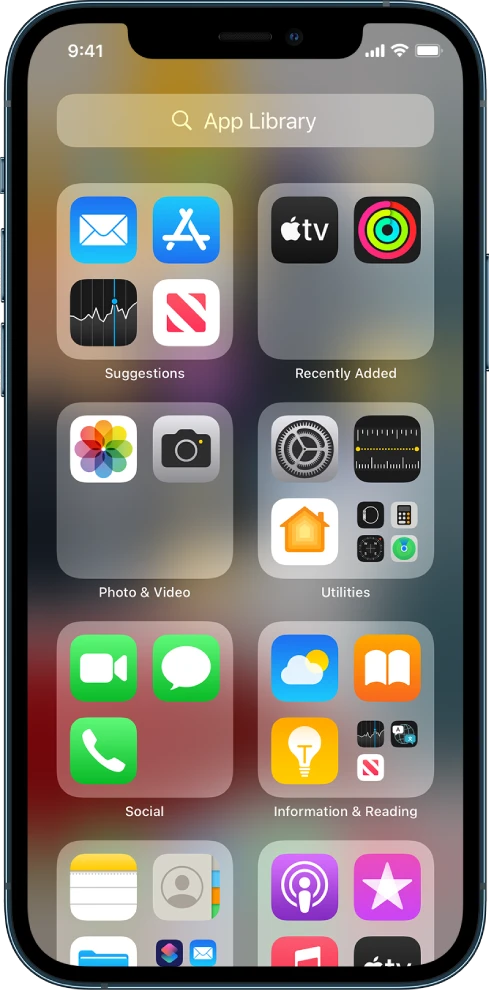
Why Did My App Library Change?
The changes in your app library can be attributed to various factors. Here are some possible reasons why your app library may have changed:
1. Software Update: Whenever you update your device’s operating system, it can result in changes to the app library. This is because the updated software may have different features, organization, or layout for the app library.
2. App Updates: App developers regularly release updates to improve functionality, fix bugs, or introduce new features. These updates can sometimes lead to changes in how the apps are displayed or categorized in your app library.
3. App Installation or Removal: When you install a new app or remove an existing one, it can affect the arrangement of apps in your app library. New apps may be added to specific categories, while removing apps can cause the remaining ones to be rearranged.
4. App Library Settings: The settings for your app library can also impact its appearance and organization. For example, you may have enabled automatic app categorization, which can sort apps into different folders based on their functionality. Changing these settings can alter the way apps are displayed in your library.
5. Glitches or Software Bugs: Occasionally, glitches or software bugs can cause unexpected changes in your app library. These issues may arise due to conflicts between different software components or errors in the system’s algorithms for app organization.
If you notice significant changes in your app library and you’re unsure of the cause, it’s always a good idea to check for any recent software or app updates, review your app library settings, and consider any recent installations or removals.
Why Has My App Library Disappeared?
There can be several reasons why your app library has disappeared. Here are some possible explanations:
1. App Update: It’s possible that the app you are looking for has been updated, and as a result, its icon may have been moved or the app may have been renamed. Check if the app is now located in a different folder or if its name has changed.
2. App Uninstalled: Another possibility is that the app was accidentally uninstalled. Check if the app is still installed on your device by going to Settings > Apps & Notifications > See all apps. Look for the app in the list of installed apps. If it’s not there, you will need to reinstall it from the app store.
3. App Disabled: It’s also possible that the app has been disabled. To check if this is the case, go to Settings > Apps & Notifications > See all apps. At the top of the screen, tap the drop-down tab named ‘All apps’ and select ‘Disabled apps’. If the missing app is listed under disabled apps, tap it and click ‘Enable’ to restore it to your app library.
4. App Hidden: Some devices allow you to hide apps from the app library. Check if the app has been hidden by swiping up or down on your app library screen, or by using the search function on your device to look for the app by name.
5. Software Glitch: In rare cases, a software glitch or bug may cause apps to disappear from the app library. To troubleshoot this, try restarting your device or performing a software update to ensure you have the latest version of the operating system.
If none of these solutions work, it’s possible that the app may have been removed from the app store or is no longer compatible with your device. In such cases, you may need to look for alternative apps or contact the app developer for further assistance.
How Do I Fix My Apple App Library?
To fix the Apple App Library issue on your iPhone, you can try the following steps:
1. Restart your iPhone: This simple step can often resolve minor software glitches. Press and hold the power button until the slide to power off option appears. Slide it to power off the device, then press and hold the power button again to turn it back on.
2. Check for iOS updates: Make sure your iPhone is running the latest version of iOS. Go to the Settings app, tap on General, and then select Software Update. If an update is available, download and install it.
3. Switch to list view for apps: By default, the App Library displays apps in a grid view. However, switching to the list view can sometimes resolve issues. To do this, open the App Library by swiping right on your home screen, then tap the search bar at the top. Scroll to the top of the list and select “Grid View” or “List View” to toggle between the two options.
4. Show notifications badges in the App Library: Sometimes, app badges may not appear in the App Library, making it difficult to identify which apps have notifications. To enable this feature, go to Settings, tap on Home Screen, and ensure the “Show in App Library” option is enabled under the Notification Badges section.
5. Reset All Settings on your iPhone: If the above steps didn’t work, you can try resetting all settings on your iPhone. Keep in mind that this will not delete your apps or data, but it will reset your personalized settings. To do this, go to Settings, tap on General, select Reset, and then choose Reset All Settings. Confirm your decision and enter your passcode if prompted.
If none of these solutions resolve the issue, you may need to contact Apple Support for further assistance.
Conclusion
The issue of app library categories disappearing on iPhone can be frustrating, but there are several potential solutions to fix it. One possible reason for this problem could be that the App Library has not had enough time to load apps into the correct categories, especially after a software update.
To resolve this issue, you can try restarting your iPhone, as this can sometimes help refresh the system and resolve any temporary glitches. Additionally, checking for any available iOS updates and installing them can also address any underlying bugs or compatibility issues.
Another potential solution is to switch from the grid view to the list view for apps in the App Library. This change in display format may help the system properly categorize and organize your apps.
Enabling notifications badges in the App Library can also be a useful step. This feature allows you to see if there are any pending notifications for apps within the library, potentially prompting the system to properly categorize them.
If the problem persists, resetting all settings on your iPhone can be a more comprehensive solution. However, keep in mind that this will reset all personalized settings to their default values, so make sure to back up any important data before proceeding with this option.
By following these steps, you should be able to troubleshoot and resolve the issue of app library categories disappearing on your iPhone. Remember to always keep your device updated and take advantage of the available settings and features to ensure a smooth and organized app experience.

